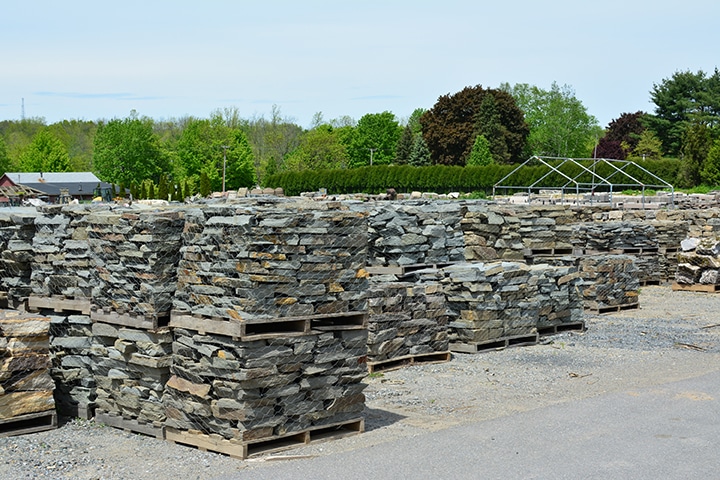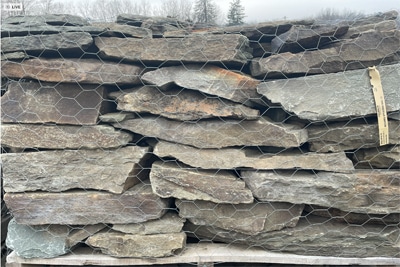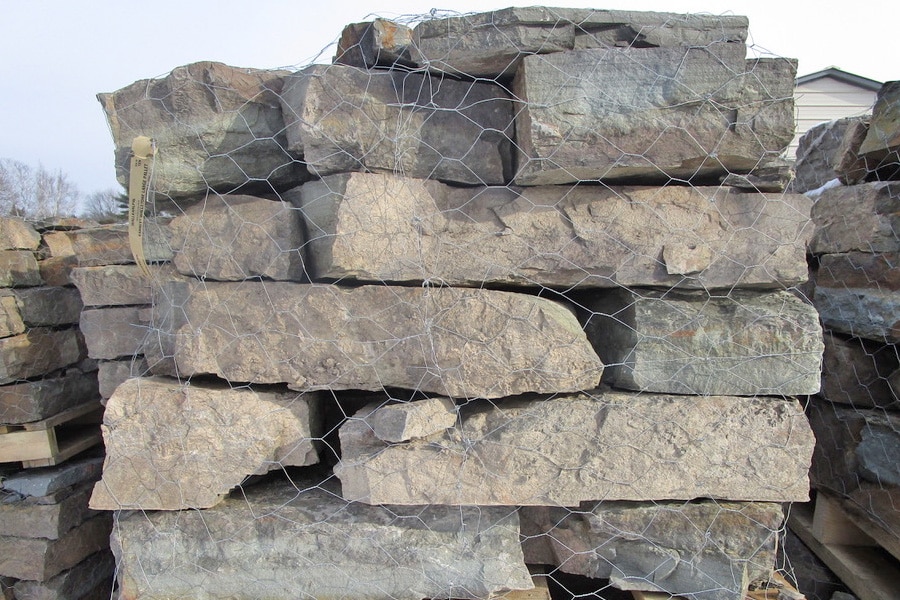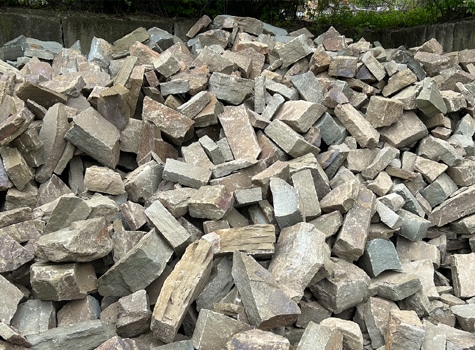
New Jersey’s Wall Stone Market Trends
New Jersey’s stone wall market has been experiencing a significant evolution over the past few years. An examination of the trends and forces shaping this market is not only vital to industry players but offers fascinating insights for designers, architects, homeowners, and more. Let’s delve deeper into these trends and what they mean for New Jersey’s stone wall enthusiasts.
The Popularity of Natural Stone
The natural stone trend in walls has remained strong in New Jersey. Natural Stone supplies a timeless, classic look and holds up extremely well against weather changes. Apart from these properties, natural stone is appreciated for its unique patterns, ecological friendliness, and low maintenance requirements.
Innovation in Stone Wall Designs
There has been a shift in New Jersey’s market from traditional stone wall patterns to more innovative designs. Some homeowners opt for intricate murals carved into stone walls, whereas businesses have started integrating their logos into wall designs. This shift towards personalized designs shows the evolving tastes and preferences of consumers. With stone engraving services you can insert a house number or name into a stone wall. Mixing colors is more common in today’s designs. A great example is mixing bluestone with something like Karney® stone. The colors differences are subtle but the effect is pronounced. The designer has a great selection of different types of stone to chose from for different wall stone design effects.
Karney® stone is a registered trademark of Wicki Wholesale Stone.
Expanding Wall Stone Choices
The number of different types of wall stone in New Jersey has really expanded over the last 10 – 20 years. A quality stone yard may offer as many as 2 dozen different wall stone choices. Some of these choices may be the same type of stone, just different sizes (example PA Colonial Wall Stone may come in thin, medium and large pieces. If it is palletized – these will likely be three different palleted products). A visit to a quality stone yard is advisable so you can see your full range of choices, the real colors and textures, size and shape.
Different Forms
Wall stone comes in different forms – basically it is how it is packaged. The majority of wall stone is now sold as pallets, the other option is bulk piles of stone where you buy by weight. Palleted wall stone often (but not always) produces a a specific height and length wall. Example – at Wicki Stone a typical pallet of wall stone will produce a wall with 15 – 18 square feet of frontage. In other words it can make a wall 7.5 to 9 feet long and 2 feet hight or 1 foot tall and 15 – 18 feet long. Pallets are priced as is, not by weight. The exact weight of each wall stone pallet varies in our New Jersey stoneyard, on average they weigh roughly 3,000 pounds. The other options is called loose or bulk wall stone. They are typically housed in piles or bins and you buy what you need – 1 piece or 100’s. Bulk stone is sold by weight.
Sustainability Drives Consumer Choices
The stone wall market is not exempt from consumer’s growing demands for sustainable options. An increasing number of buyers are looking for recyclable materials and ethical sourcing practices. This requirement has led to innovations from stone wall manufacturers, focusing on green materials and production methods.
FAQs
-
How much does a stone wall cost in New Jersey?
The cost can vary greatly depending on the type of stone used, the complexity of the design, and the size of the wall. Get a professional quote for a precise estimate.
-
Can I build a stone wall on my own?
While it is possible to build your stone wall, it is often advisable to hire a professional to ensure the wall’s stability and longevity. This is especially true if the wall is 3 feet or higher. If a wall is less than 3 feet tall it will typically have less stringent building code requirements (check your municipal code on wall stone heights – they vary by town). Three feet and higher requires specialized products like geogrid to assist in counteracting the outward pressure on a wall from the backfill behind. If the wall is less than 3 feet, and a relatively flat stone is chosen – the homeowner can often build a stone wall at home.
-
What is the lifespan of a stone wall?
When properly constructed and maintained, a stone wall can last for centuries.
Conclusion
New Jersey’s stone wall market is vibrant and ever-evolving, driven by consumer tastes and needs. As sustainable practices become more important and shoppers continue searching for affordable solutions, the industry is sure to continue introducing innovations. More than ever before, homeowners and businesses are looking beyond the functionality of stone walls to embrace aspects of design, personalization, and sustainability.




